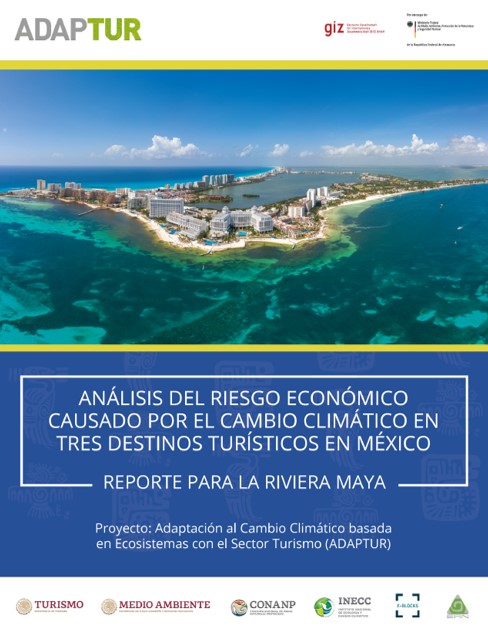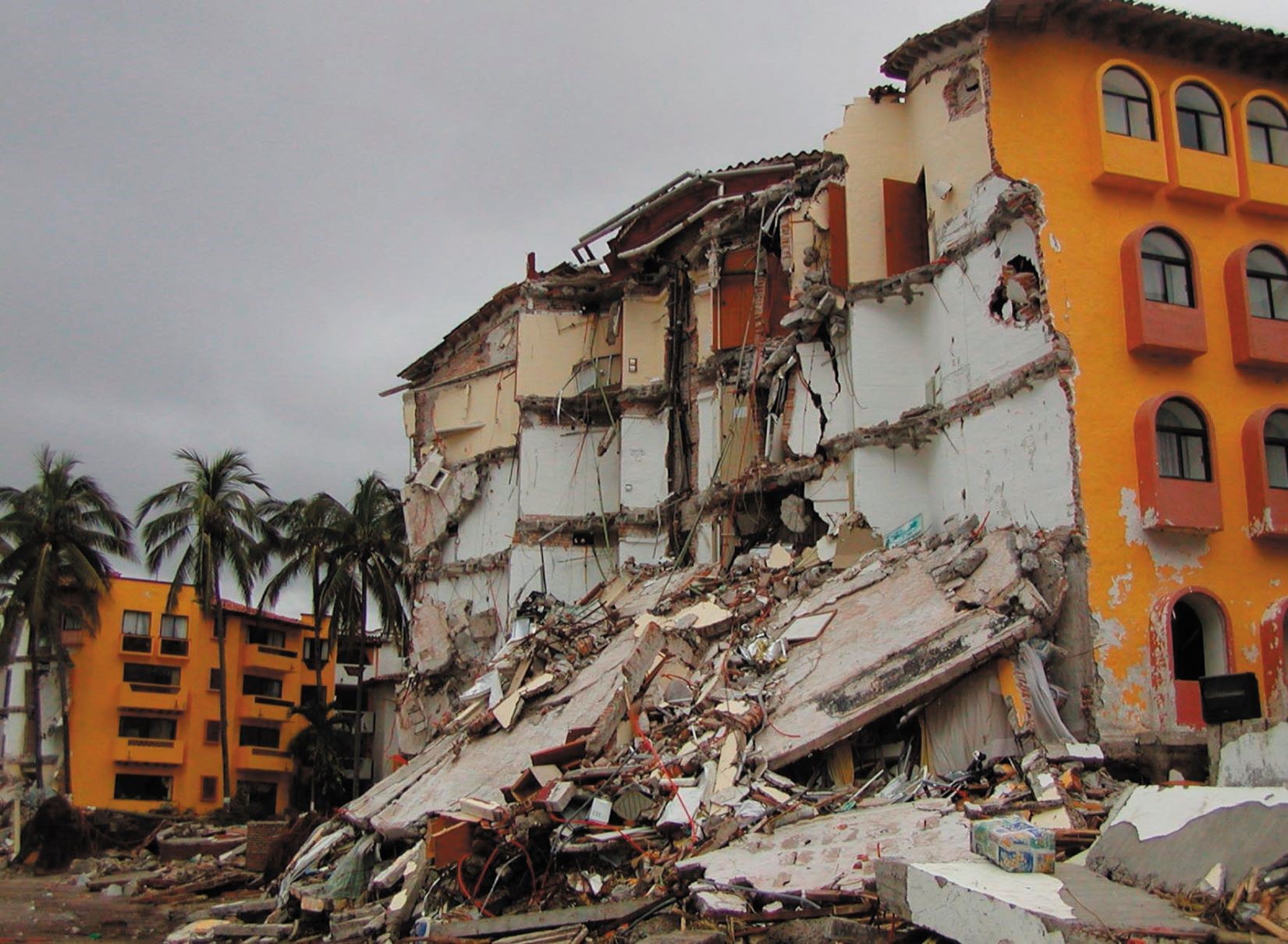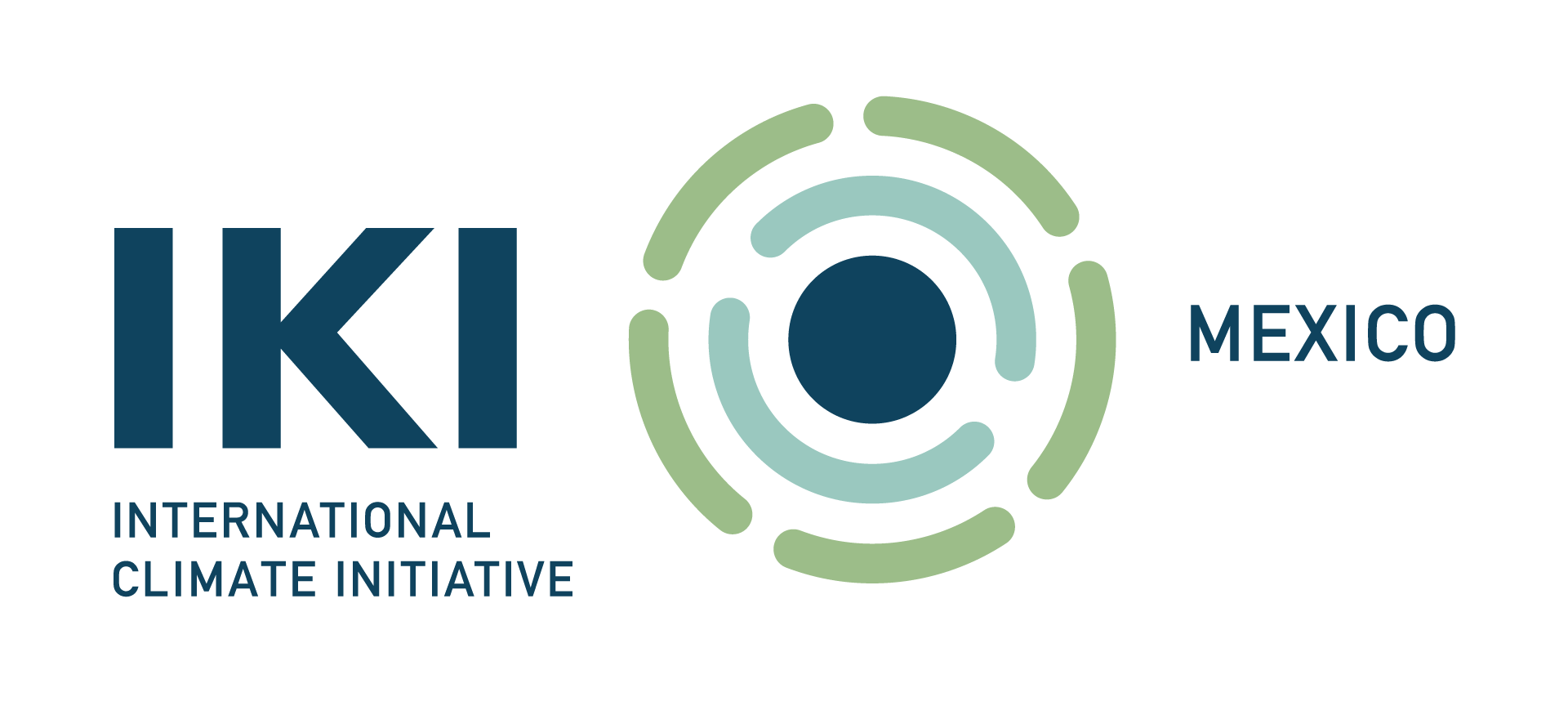For the first time, these reports offer economic figures of what it would mean to lose natural capital (beaches, reefs, jungles, forests, etc.) and the services they provide (water, protection, scenic beauty, etc.) for tourism businesses in San Miguel de Allende, the Riviera Nayarit-Jalisco and the Riviera Maya.

Likewise, it estimates the annual losses associated with the direct impact of climate change on buildings (hotels) and supporting infrastructure (roads, hospitals, airports, etc.).
To cite one example, if San Miguel de Allende does not carry out adaptation actions, it is estimated that by 2030 it could face an annual economic risk between $10.28 – $17.11 million dollars, considering that the scarcity of water as well as floods present the highest risks for the operation of businesses.

Among the recommendations for destinations, the design and implementation of a policy has been proposed, for the comprehensive management of water; the restoration of reefs, sea grasses, beaches and forests; and the creation of cooperative alliances between the public and private sectors to promote adaptation to climate change.
Additionally, the digital platform Economic Risk Information System (SIRE-ADAPTUR) was designed, which presents the results of the reports. The interactive tool to evaluate the cost of water production, and an extensive collection of geographic and climatic maps (location of properties, risk map, climate change scenarios, and distribution of natural assets –among others), aim at supporting decision-making for resilient tourism development.
The reports were published in October 2020 and were elaborated by the consulting companies E-blocks S.A. de C.V. and ERN Evaluación de Riesgos Naturales, in collaboration with 60 hotel companies, local environmental and tourism authorities, academic experts, civil society and members of the ADAPTUR project.
They are available for download at the following link: SIRE (eblocks.mx)

